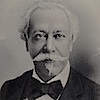Victor Meirelles de Lima was born on August 18, 1832, in Village of Nossa Senhora do Desterro, today Florianopolis. He began to show a taste for drawing in his childhood, which caught the attention of his parents and led them to seek a drawing teacher to guide him. So in 1845, Mariano moreno he became a kind of teacher for Meirelles, giving him lessons that would accompany him for the rest of his life.
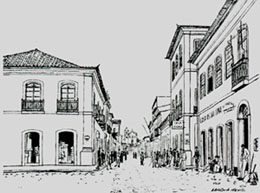

His talent caught the attention of Jerome Coelho, who recommended it to the Imperial Academy of Fine Arts, based in Rio de Janeiro. There he was under the guidance of professor Felix Emile Taunay, former student of Jean-Baptiste Debret., French painter, draughtsman and professor, founder of the Imperial Academy. He later studied history painting with the director of the academy, Manuel de Araujo Porto Alegre, who recommended him for a scholarship in Europe.
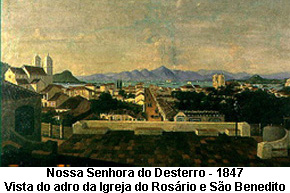
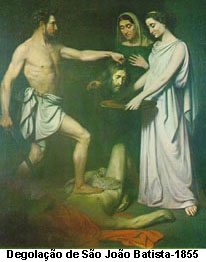
He was only 21 years old when he arrived in Italy, where he stayed for three years. Then he left for France, where he resided for five more. It was during his French experience - marked by his contact with romantic plastic artists and by several visits to the Louvre Museum – that Victor Meirelles studied the letter from Pero Vaz de Caminha and elaborated “A Primeira Missa no Brasil” (1861).
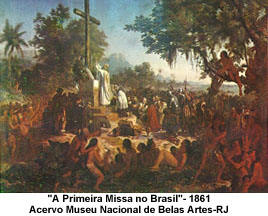
Back in Brazil, the painter became a landscape professor at the Imperial Academy of Fine Arts. His production, however, continued to focus on historical themes, with the intention of building a national memory and affirming the Brazilian empire. Some of the works from this period are “Moema” (1866), “Passagem do Humaitá” (1869), “Combate Naval de Riachuelo” and “Batalha dos Guararapes” (1879).
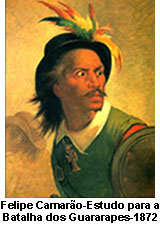
In 1883, Victor Meirelles returned to Europe, where he painted a new version of “Combate Naval de Riachuelo” and “Panorama do Rio de Janeiro”, with the help of Henri Langerock. This last work was exhibited at Universal Exhibition of 1889, which celebrated the centenary of the French Revolution and for which the Eiffel Tower was specially built.
ADVERTISING
When he returned to Brazil, the artist exhibited his first panorama in Rio de Janeiro and produced other paintings in the same style, including the “Panorama of the Entry of Legal Forces” and the “Panorama of the Discovery of Brazil”. However, with the Proclamation of the Republic, Victor Meirelles was dismissed from the Imperial Academy, which was soon replaced by the National School of Fine Arts.
With his name ostracized, Meirelles went on to live in real misery. He died on a carnival Sunday, on the day February 22rd, 1903, at age 70. Many of his works were lost or seriously damaged, as the newly established republic was not interested in maintaining ties to the monarchy or anything related to it.
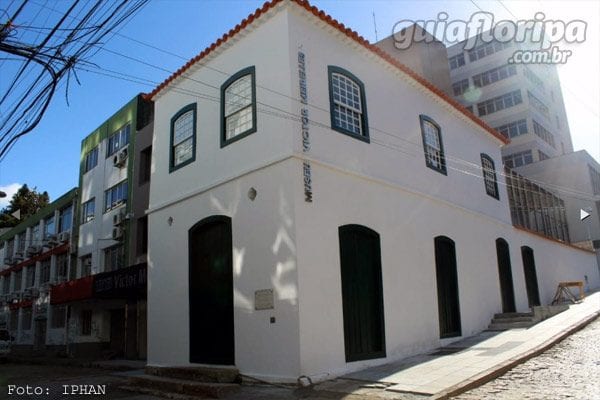
The house in which Victor Meirelles was born, located in downtown Florianópolis, was listed in 1950 and today it houses a museum that conserves a considerable part of the remaining works. Among paintings, watercolors and studies, there are around seventy pieces on display on the second floor. In addition, temporary exhibitions by other artists can be visited on the first floor.

Get to know Victor Meirelles Museum.


